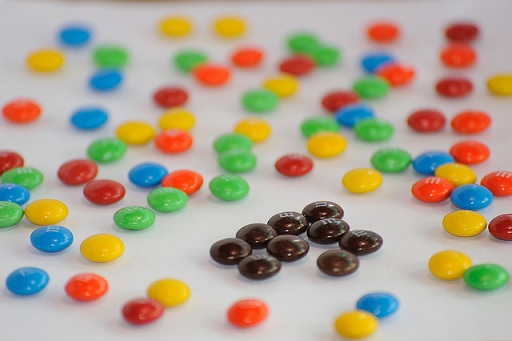“A space of exception…Whoever entered [it] moved in a zone of indistinction between outside and inside, exception and rule, licit and illicit, in which the very concepts of subjective right and juridical protection no longer made sense.” — Giorgio Agamben
Captain Ron Johnson gave a brilliant speech to members of the embattled Ferguson community yesterday. It simply rang with sincerity. Give it a listen.
And then weep: the man had turned hypocrisy and betrayal into an art-form. He had us all fooled for a time. Move over, Hollywood.
Well before the mass house arrest euphemistically called a “curfew” was set to begin last evening, Johnson ordered his troops into battle, in full riot dress, and the worst night in Ferguson since the killing of Michael Brown unfolded from there. Police gassed peaceful protesters again, including children and elderly people, and threatened to shoot at least one journalist, many of whose colleagues were arrested again for reporting what the cops were up to.
Now Ferguson has been occupied by the Missouri National Guard, a motley assortment of weekend warrior yokels and good old boys who will play their appointed role in confining uppity Blacks to their houses and smashing their peaceful assemblies.
What we are seeing before our eyes (thanks to livestreaming) is a microcosm in space and time of the sorry history of racist oppression in America. And we see here more than two sides, although the latter are much in evidence — Aryans rallying to support the killer of Michael Brown, who has gone to ground, versus Black protesters demanding simple justice for a dead kid gunned down by one of Ferguson’s finest. But you will find whites among the protesters, some of them from the town in a show of solidarity, some genuine supporters from outside, some riot tourists and a few Black Bloc types who showed up to gratify their testosterone-fuelled desire for violence. And one Black joined the Aryan supremacists — a former Republican candidate, Uncle Tom on steroids.
Meanwhile, a third autopsy on Michael Brown will be conducted at the request of Attorney General Eric Holder. A preliminary report shows that Darren Wilson shot the unarmed youth at least six times. All of the bullets entered from the front, confirming the view of a lawyer for the Brown family that Michael’s death was a summary execution.
But there is another autopsy that perhaps should take precedence. For the people of Ferguson, justice is dead, mowed down in their streets by bullets, tanks, gas and false arrests. Whether it’s their own police chief running the show, or an African-American glad-hander, the terror on the streets has been the same. The officer who killed Brown is still not under arrest. His victim has been smeared as a badass who got what was coming to him.
Due process, a crucial element of justice, has been amputated with a hacksaw. St. Louis County Police Chief Jon Belmar, the fellow leading the “investigation” of the Brown killing, is hopelessly biased. The St. Louis County prosecutor is hopelessly biased. And the best the U.S. government can do is investigate whether an unarmed Black kid’s civil rights were violated by a cop who emptied a gun into him.
What would that autopsy reveal? Multiple causes of death. A police force that is racist and brutal, sometimes to a Grand Guignol degree, but which has been granted virtual immunity from the strictures of the U.S. Constitution and the law. Endless, grinding poverty and hopelessness, detailed by anthropologist Sarah Kendzior. Imprisonment without trial in ghettos of misery, whose borders are enforced by weaponry and armoured vehicles any time the establishment or its hired guns feel threatened. The suspension of human and constitutional rights on whim.
There can be no recourse, no redress. There is no justice for the Browns. There is none for the Black citizens of Ferguson or wherever else they are contained — or, more generally, for the poor and the marginalized in America the Beautiful. This is precisely how they are expected to carry on, in fact, reminded every day of their existential defeat, on occasion breaking the tedium with hopeless, quickly suppressed spasms of community rage. These spaces of exception, where they are permitted to be if not to live, are what they call home. Yet they dare to appeal to justice still, when the odour of her decay is all around them.



